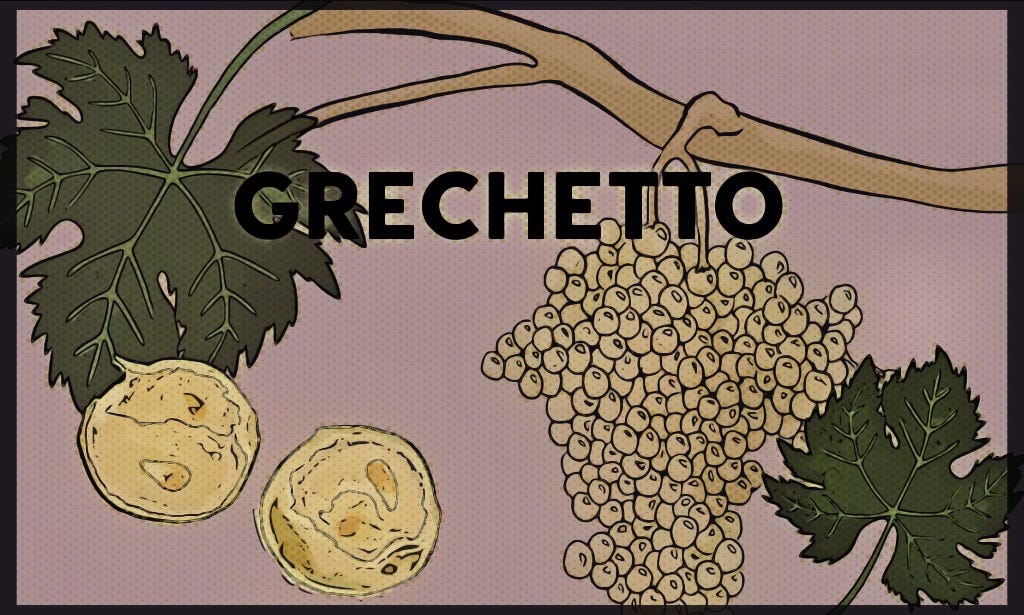What came first, the chicken or the egg? I think this open-ended question is analogous to the question about wine trends: Do we start them, or do they start themselves and we just go along for the ride?
I can think of many beautiful wines, for instance, that I made huge, mostly futile efforts to sell during the 1990s: Pinot Gris from Baden, Vermentino from Corsica, Baroque from Tursan, Grechetto from Umbria, Zweigelt from Austria, Sparkling Shiraz from Australia, the list goes on and on.
I remember the early 1980s when Bandol was a hard sell. Make that, nearly impossible. Then again, those were funny times—when it was even hard to sell varietal Chardonnay, while at the same time we were going through cases of German Riesling every night. Yes, there was a time when this happened, showing how fleeting or fickle consumer preferences can be.
But no matter how many newsletters I would write, or how many events or tasting menus I'd concoct as a pretense for shoving newer styles of wine down my guests' throats, generally speaking it was like driving a mule up a ladder. While it is gratifying, of course, to see many of these wines selling so well today, every era, including today's, has its challenges.
If there's any wisdom to be gained from this experience, it's this: For the most part, consumers are receptive to new and different wines, although mostly when they are good and ready for them. By the same token, your own guests will never be ready unless you put the new stuff in front of them. It's not a "chicken or egg" thing, it's a "chicken and egg" thing—one doesn't happen without the other.
There is always one rule to go by, which has to do with restaurant concepts, particularly where it concerns cuisine. If there is a new fangled wine that makes your dishes taste that much better, then it is worth all the time and effort it takes to get your staff and guests riled up about them.
Lately, I've been thinking a lot about one varietal: Mission. This is a Vitis vinifera—known as Criolla or Pais in other parts of the world—that the entire California wine industry has been trying to sweep under the rug for over 160 years. That is, ever since California became a state (in 1850) and newly arriving entrepreneurs began bringing in "better" wine grapes, mostly from plant nurseries on the East Coast.
In those days, the preferred cultivars would have been Palomino, Colombard (originally distributed in California as West's White Prolific), Zinfandel, Carignan, Black Malvoisie (not recognized as a synonym for Cinsaut until the early 2000s), Mataró (popular among Portuguese immigrants who used this synonym for Mourvèdre), Grenache, Valdepeñas (the California name for Tempranillo for most of the twentieth century), plus grapes that have long since vanished in the haze such as Rose of Peru (a.k.a., Black Prince), Black Hamburg (a Black Muscat crossing), Flame Tokay (a Vitis vinifera that is more of a table grape but was also used for fortified wines), Madeline, Sweetwater, Black Ferra, Emperor, and so forth.
The Franciscans, who established 21 missions from San Diego to San Francisco between 1769 and 1833, transplanted Mission (some historical accountings dubiously insist that Mission grapevines were propagated from seeds) all along the 600-mile El Camino Real to fashion sweet, fortified sacramental wines, generically called Angelica. Before 1850, Mission was the only wine grape of European origin growing in California.
However, for the legions of new arrivals pouring in afterwards, Mission was not nearly good enough, mostly because it produced red table wines that were light in color, tannin and alcohol, almost neutral in aroma and flavor, and just as feeble in acidity (unless picked underripe, which is often the case because the grape can be notoriously difficult to sugar up, even in California's hottest microclimates).
Which is why it has been almost amusing that, only since the second decade of the 2000s, red table wines made from Mission have been one of the state's hottest "new" varietals—mostly because the grape produces red wines that are light in color, tannin and alcohol, and is almost neutral in aroma and flavor (although well crafted Mission retains interesting kitchen spice notes).
Part of the appeal of Mission is that many bottlings are coming off of blocks of old, once forgotten vines—one of the most productive is Deaver Ranch in Amador County, first planted in 1853—although not all of them. Some of California's Mission plantings are quite new; such as Rusack's in Ballard Canyon, propagated from a single, wild, long abandoned grapevine serendipitously found (in 2005) on Santa Cruz Island off the coast of Central California.
Whatever the case may be, a consumer appetite for Mission has been awakened, especially as refreshing alternatives to the heavy, overweening reds that dominate today's commercial market. Not surprisingly, some of the ex-sommeliers who have recently started wine brands (such as Christopher Miller MS of Bold Wine Co. and Patrick Cappiello of Monte Rio Cellars) have also joined the Mission bandwagon. As the old saying goes, what goes around comes around.
Or as one of my earliest fine dining mentors always used to say to me: Expect the unexpected.
There is absolutely nothing in the books, or uttered by presumed authorities on California wine, that predicted a revival of interest in Mission. The only thing that matters is this: It is as much a sommelier's job to play a part in their guests' process of discovery as it is to respond to their needs, as unsuspected as they might be. Ignoring subtle changes in consumers’ sensory preferences would be daft.
A lot of wine buying, when you think of it, is a matter of licking a finger and sticking it into the air to see which way the wind blows—something, as Dylan once famously suggested, you don't need a weatherman to help you figure out.





